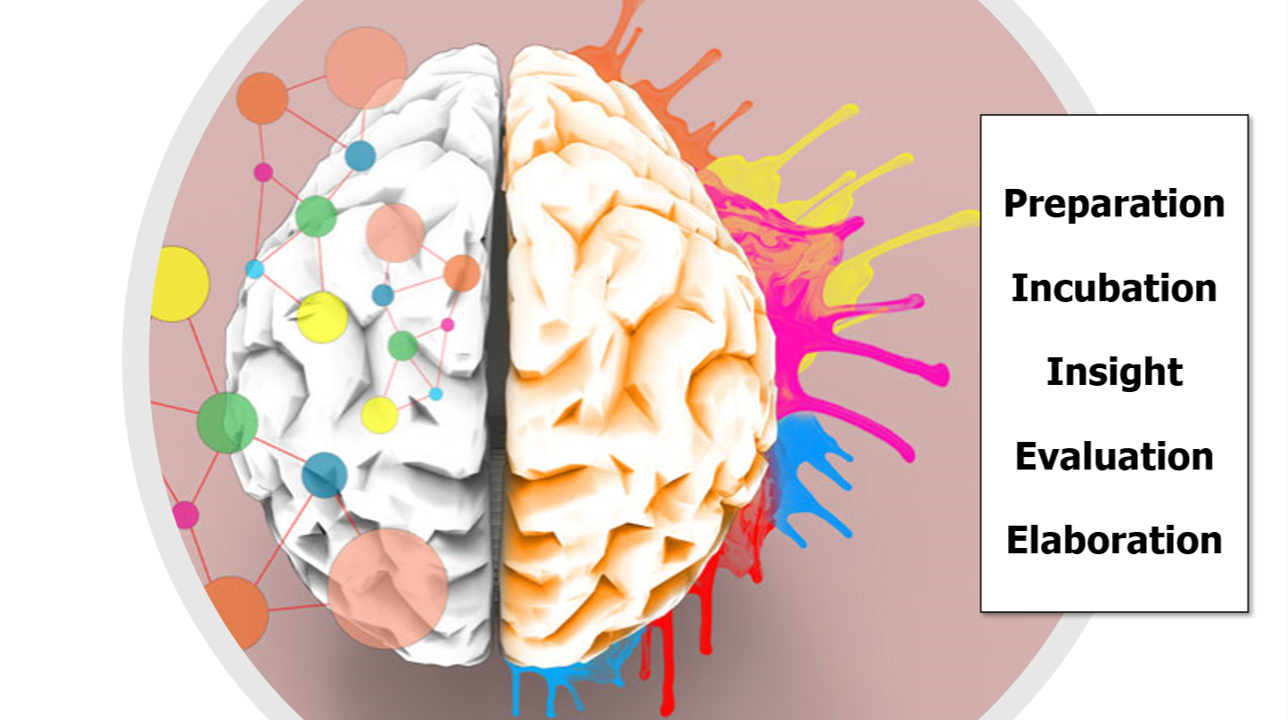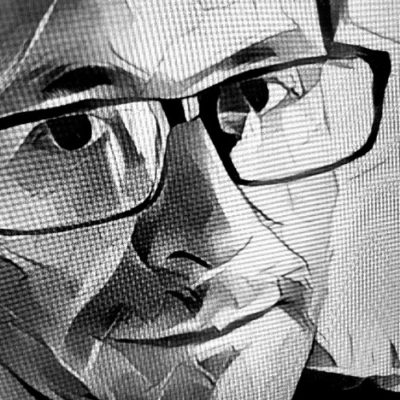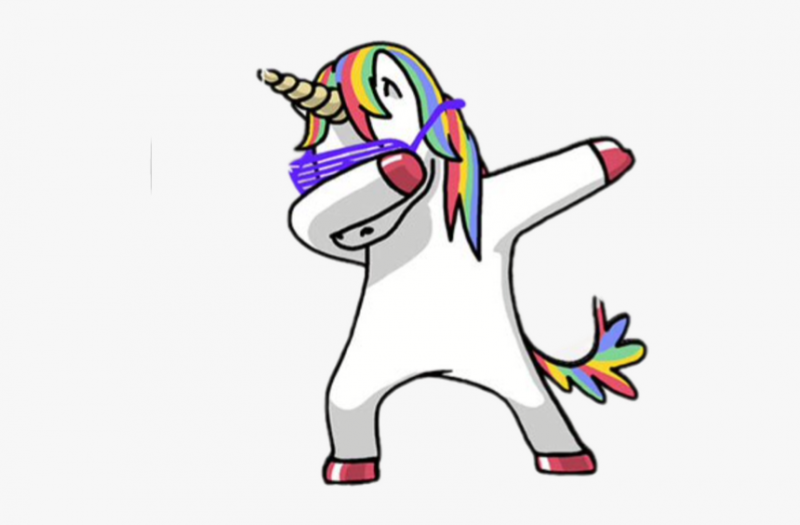Understanding The 5 Stage Creative Process to Help Maximise Your Creative Output
“Creativity doesn’t wait for that perfect moment. It fashions its own perfect moments out of ordinary ones” – Bruce Garrabrandt
This type of expressive and original thinking is not only important in the world of advertising however, but can be applied to any piece of work, across a range of industries to enable high-quality outputs.
The Creative Process
“Process is not a procedure, but the innate way of arriving at ideas” – Gilda Furgiuele
To achieve these high-quality outputs, creators will structure, grow and evolve their thinking over a period of time, in what is described as the creative process. Whilst creatives will often apply their own systems to inspire this creativity, there is a generally accepted cognitive process whereby ideas are formulated. This involves five key stages:
- Preparation
- Incubation
- Insight
- Evaluation
- Elaboration
Preparation
This is the first stage yet is considered by many to be the most important. Preparation involves complete immersion in the topic area, drawing in as much information as possible, to establish a strong basis for idea creation. This requires critical thinking and curiosity, internally ask yourself, ‘what is the problem I need to solve?’, ‘what knowledge do I need to help me solve this problem?’. In a business environment this can build off the project mission, objectives, or creative brief.
Incubation
The second stage, incubation, can often be rushed or overlooked in the creative process, especially with the pressure of looming deadlines. But this stage is critical and requires time. By taking a step back from the project, your brain can internalise gathered information, whilst ideas can percolate, and the intended direction can begin to become clearer. For example, have you ever started and completed an assignment the night before it was due and then days later you find yourself still thinking about it and coming up with ways it could have been better executed? This is because your brain requires time to sit with ideas and for true creativity to come to light.
Insight
This is what is referred to by creative expert James Taylor as the “a-ha” or light-bulb moment. Insight can often seem to have come out of no-where, but this is not the case, you have allowed yourself time to sub-consciously consider the problem and develop a clear solution.
Evaluation
Evaluation is the time to validate your ideas and critically reflect / critique. It is important to analyse whether your insight, solution or idea aligns with the project objectives or initial problem. It can be beneficial to discuss with others and gauge their reactions, or for those in a business setting, conduct market research to test effectiveness and market feasibility.
Elaboration
Finally, it is time to put your idea into practice in the elaboration stage, this is where you create the output. This could be anything, from a report or an advertising campaign, to a painting, or a story.
Conclusion
Although it may seem like great ideas appear out of thin air, they involve a significant amount of sub-conscious brain power and initial preparation. By understanding and applying these stages, creativity can be viewed as a more repeatable process, allowing for the continual creation of big ideas and successful creative outputs.




